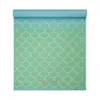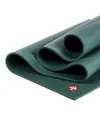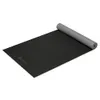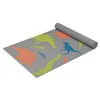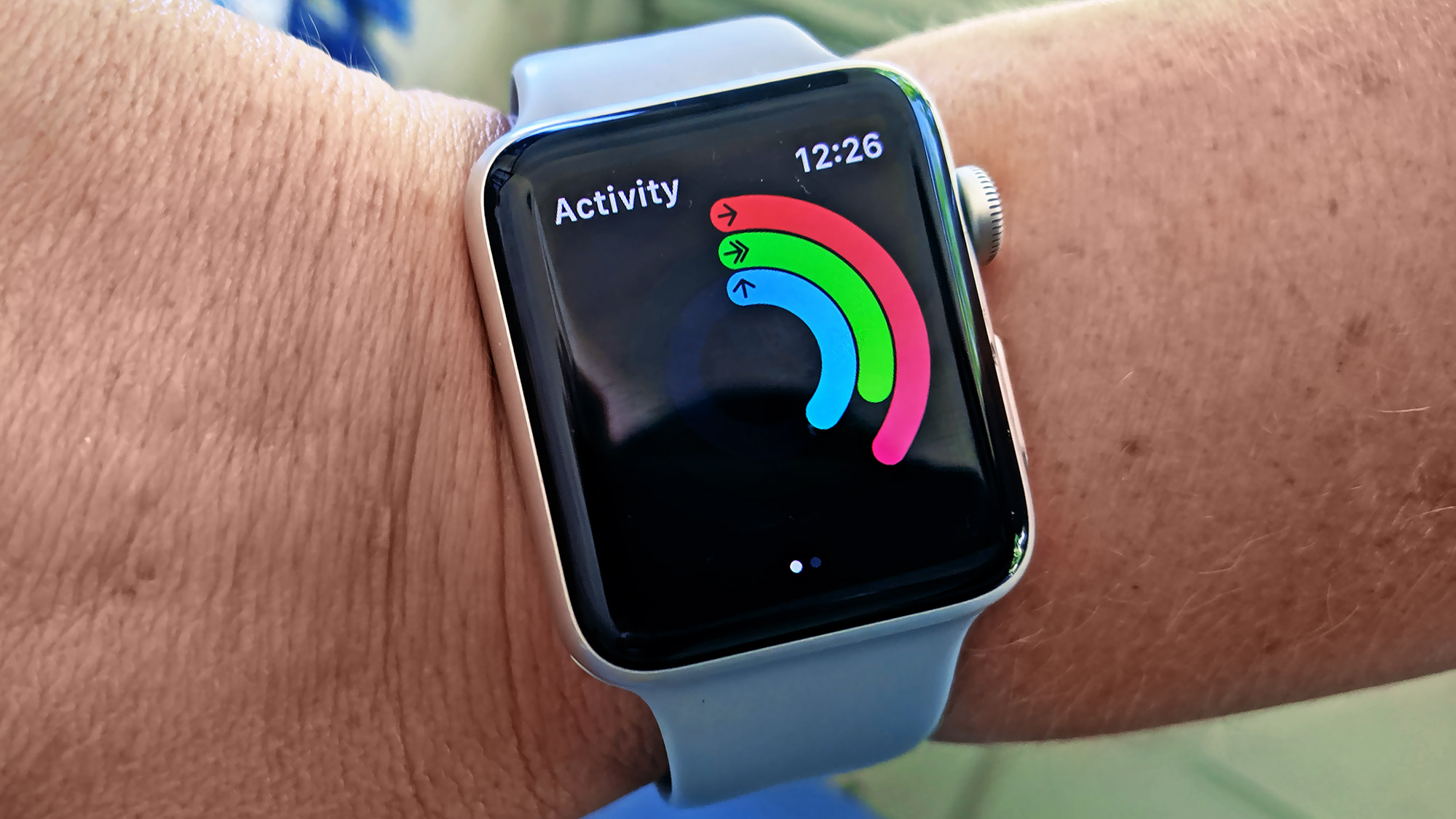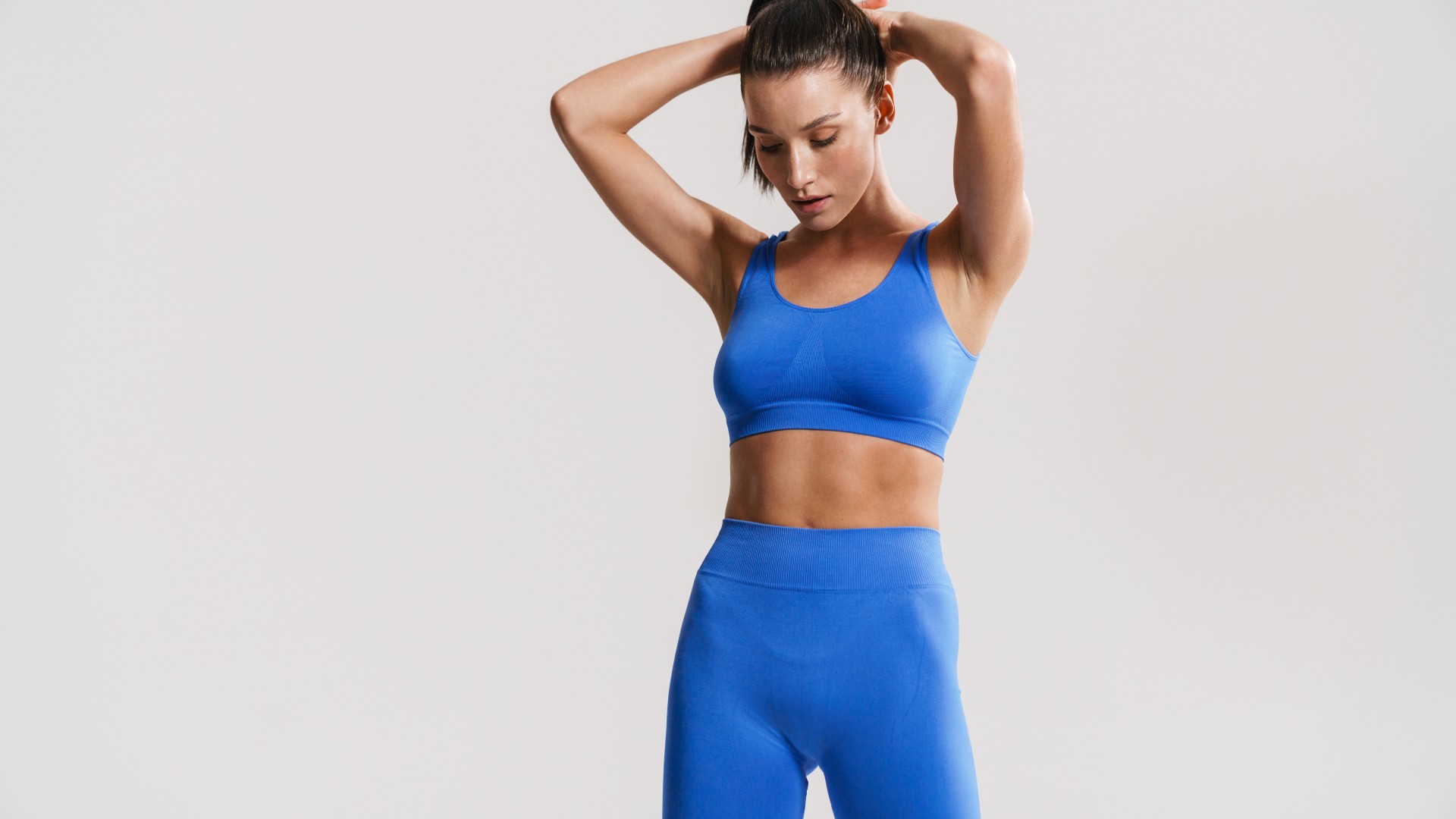
Sure, sculpted abs look great, but there are plenty of benefits for building deep core muscles beyond toning and definition. Strengthen your core and support your daily activities by targeting the muscles responsible for reducing lower back pain, stabilization and posture.
These muscles sit deeper below the superficial muscles like the rectus abdominis (the muscles that form a six-pack) and external obliques responsible for a defined waist. But you’ll still want to train them.
Below, we reveal a 10-minute ab workout that strengthens your deep core muscles, the benefits and how to do each exercise with proper form. Grab one of the best yoga mats for home workouts, and read on.
What are the deep core muscles
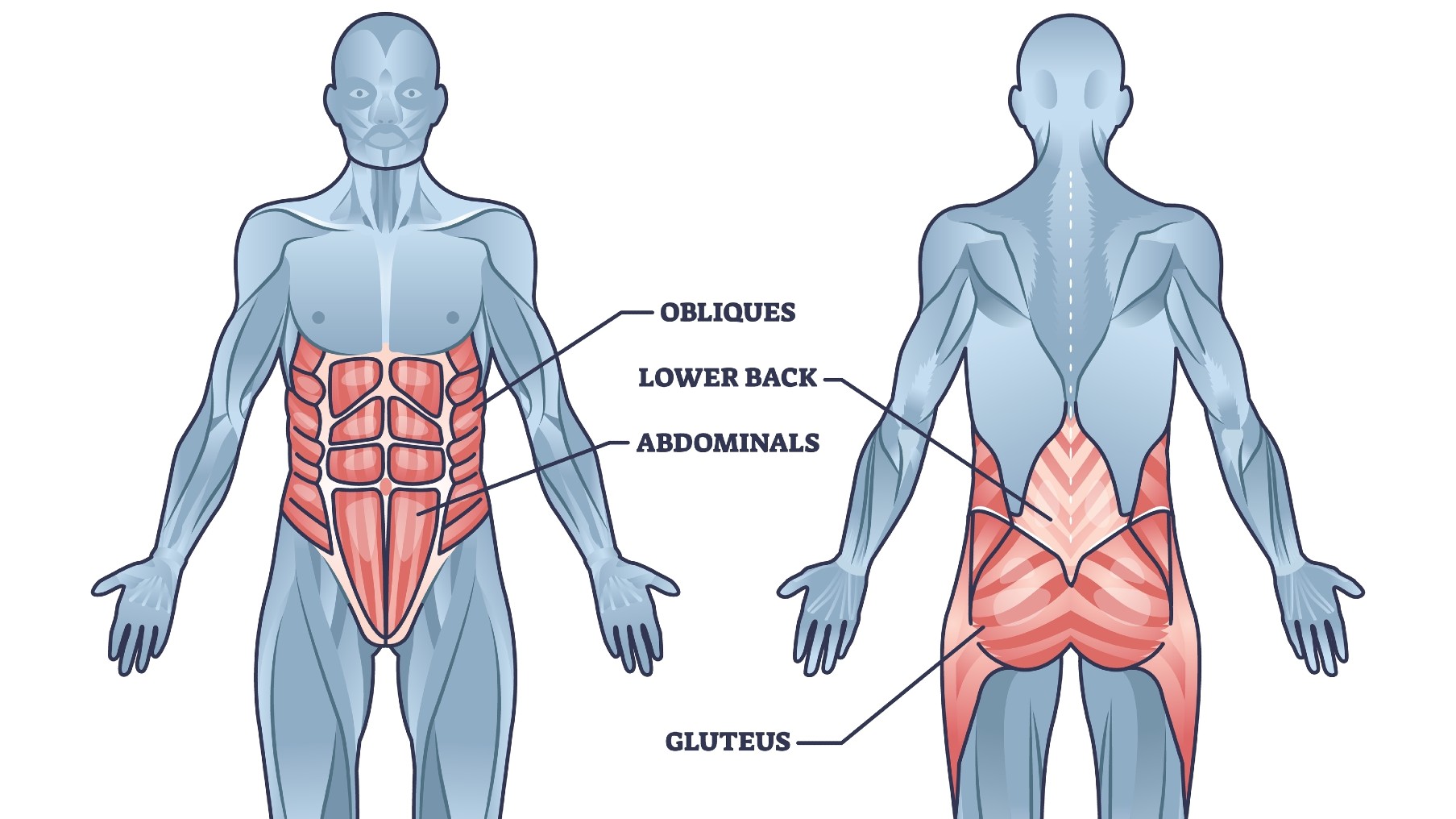
Some of the muscles that make up the “deep core” include the transverse abdominis, internal obliques, multifidus, erector spinae, hip flexors, diaphragm and pelvic floor muscles.
Your core network acts like a corset, running up, down and across the torso, attaching at the hips, diaphragm and glutes, to provide support, stabilization and aid movement.
There are several ways to target these muscle groups, including isometric exercises (static holds, like planks) and anti-rotational movements (think Pallof presses). These types of moves are often functional, mimicking how you move during the day to target the muscles more naturally.
It can be harder to feel these muscle groups working, so you’ll need to focus on engaging your core properly and bringing your attention to the mind-muscle connection, which we’ll get on to shortly.
Sign up to get the BEST of Tom's Guide direct to your inbox.
Get instant access to breaking news, the hottest reviews, great deals and helpful tips.
What is the 10-minute abs workout?
Reverse crunches
Lay on your back, bend your knees and touch your toes on the mat. Rest your hands on the mat on either side of your hips. Draw your knees toward your chest, lift your feet, then drive your legs upward toward the ceiling, keeping a soft bend in the knees and slightly lifting your bum away from the mat. Reverse the steps back to the starting position.
To make the move harder, follow the video above and extend your legs as you lower them. Press your lower back down without arching or flaring your ribcage.
Reverse crunches primarily target the rectus abdominis, transverse abdominis, obliques and hip flexor muscles.
Hollow rock hold
Lay on your back, bend your knees and lift your feet away from the floor. Slightly tuck your pelvis toward your spine and brace your stomach. Lift your arms overhead with your biceps close to your ears and extend your legs, pointing your toes.
Lift your upper back away from the ground, creating a soft banana shape with your body, then hold the position. It’s tougher than it looks, so try holding for 20 seconds at first and slowly build.
Hollow rock holds target the transverse abdominis, rectus abdominis, hip flexors, quads, traps, shoulders and arms.
Alternating arm and leg plank
Start in a high plank position with your shoulders stacked over your wrists and hips aligned with your shoulders. Brace your stomach, glutes and quads. Slowly extend your left arm and right leg into the air, pausing at shoulder and hip level, then return to a high plank. Repeat with your right arm and left leg, moving with control.
Avoid turning your hip outward, twisting to one side, dropping your hips, or lifting your bum toward the ceiling. Your chest should stay parallel to the mat beneath you.
The plank variation targets the external and internal core muscles like the abs and transverse abdominis, obliques, lower back, glutes, hips, quads, arms and shoulders.
The workout:
Set a 10-minute timer. Complete each exercise as a circuit, working for 45 seconds and resting for 15 seconds, for 3 rounds, working for 9 minutes. For the last 60 seconds try to accumulate a maximum hollow rock hold.
Count your reps during the first round and aim to hit the same rep count for the remaining two rounds. As a guideline, you should be able to clock up at least 8 reps per move. The hollow rock hold should be attempted for 45 seconds.
Trainer tips:
It’s quite easy for the superficial muscles to take over during exercises, so pay attention to what your body is doing at all times. Our motto is to breathe and squeeze.
Squeeze each muscle group, especially your glutes and stomach muscles. Over time, this will help strengthen the neuromuscular system, improving the relationship between your mind and muscles.
One of the most important factors is breathing — ensure you exhale as your body meets with the most resistance (contraction) and avoid holding your breath as you squeeze the relevant muscle groups. For example, exhale as you lift your arm and leg during the plank holds.
Our advice is to slow everything down without rushing each exercise, which should help you maximize the contraction of each muscle group working. Don’t expect everything to fall into place straight away, it might take time to get to know your muscles, the exercises and how each move feels.
Practicing deep core contraction and adding these exercises into a regular exercise routine could improve posture, reduce pain, build stability, coordination and balance and improve performance. A strong core also contributes to running faster, lifting heavier weights in the gym and moving with better quality.
More from Tom's Guide
- Forget the gym, this 30-minute walking workout builds mental strength and boosts your metabolism
- Forget weights, all you need is this 10-move bodyweight workout to strengthen your glutes
- I did the 7-minute Alligator Walk every day for a week, here are the results for my abs

Sam Hopes is a level 3 qualified trainer, a level 2 Reiki practitioner and fitness editor at Tom's Guide. She is also currently undertaking her Yoga For Athletes training course.
Sam has written for various fitness brands and websites over the years and has experience across brands at Future, such as Live Science, Fit&Well, Coach, and T3.
Having coached at fitness studios like F45 and Virgin Active and personal trained, Sam now primarily teaches outdoor bootcamps, bodyweight, calisthenics and kettlebells.
She also coaches mobility and flexibility classes several times a week and believes that true strength comes from a holistic approach to training your body.
Sam has completed two mixed doubles Hyrox competitions in London and the Netherlands and finished her first doubles attempt in 1:11.




